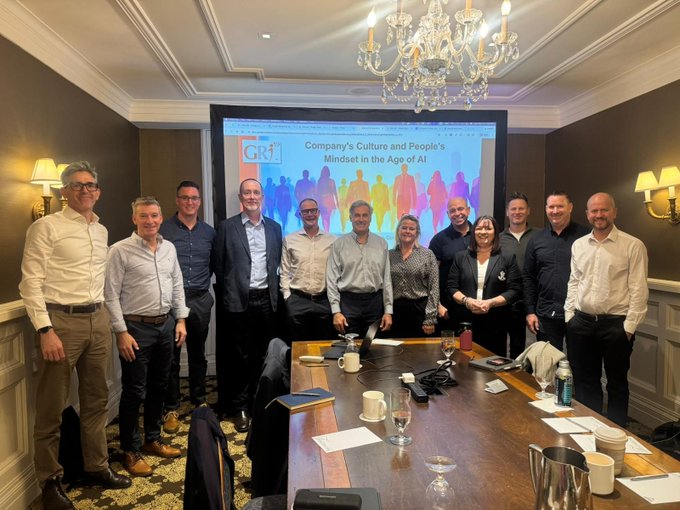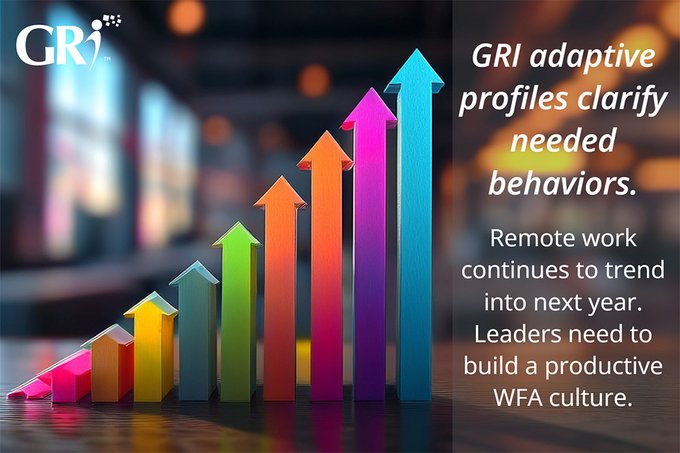Wellbeing at Work: How to Stem the Tide of The Great Resignation
Posted by Kristina Tyler, Nicole Phelon

Wellbeing at Work: How to Stem the Tide of The Great Resignation
Wellbeing at work is a concept that has in the past been dismissed as fluffy, New-Agey, or too personal, but now, with the global pandemic and The Great Resignation, leaders and businesses are taking a closer look.
In the context of the workplace, wellbeing is not just about health. It's a combination of physical, mental, emotional, and behavioral elements. It encompasses everything from healthy snacks in the breakroom, to psychological safety in a team or workgroup, to having purpose and meaning in one's work. The work environment, managers, and employee development all factor into wellbeing.
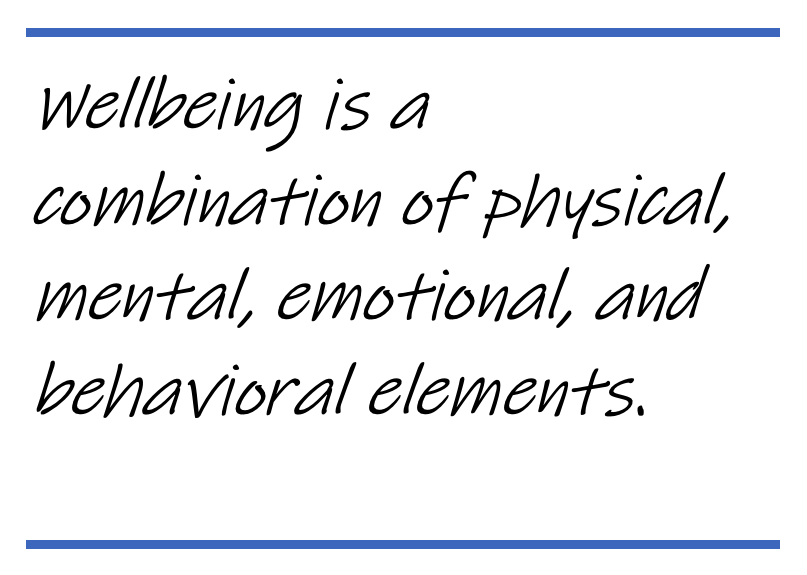
Our own GRI Master Coach Kristina Tyler adds, "Wellbeing can be very personal. What makes up wellbeing for me might not entirely fit for you." Yet, with that said, there are some generalizations that can be made. Money, for example, is not part of wellbeing. Material things don't make people happy. What Kristina sees in her coaching work is that wellbeing comes from a sense of mastery and being able to get into a state of "flow" when working. Wellbeing comes when people don't have to adapt too much to do their job but instead work more from their natural preferences.
"'Flow' is basically a state where what you are doing seems effortless and time flies by. It's achieved by applying your skills to a challenge that is just enough, but not too much. You need a clear goal, a surmountable challenge, to feel like there is purpose in the work, and then you need feedback to keep progressing." These elements that Kristina talks about for being in a state of flow are also integral to wellbeing in general.
Increasing the wellbeing of your people is one of the ways you can prevent them from leaving. Actively encouraging wellbeing can make your workplace one where people want to stay.
How Can You Improve Wellbeing at Work?
As leaders, one of your jobs is to set the tone and the expectations in the organization. What you value and voice concern over will become part of the organization's culture. At the same time, your managers are the ones who motivate and inspire, or de-motivate, your people.

But it might seem like wellbeing is such a big concept, where do you start?
One of the elements of wellbeing that can seem especially difficult is identifying each employee's particular preferences and needs. What is challenging for some may be easy and boring for others, or it might be too hard for still other staff. Feedback that supports and motivates one employee might depress and diminish another. Kristina says, "If someone is more low-key and agreeable, I, as the manager or coach, may need to closely monitor the challenge and adjust it, because the more agreeable employee is going to want to help, want to succeed, and often won't come back and say, 'Hey I think this is too much for my current skill level.' While the more forceful employee is more likely to tell you. On the other hand, that more forceful employee may have trouble with vulnerability, with saying, 'I need help,' or 'I made a mistake.'" Clearly, managers need tools to help them identify how each of their direct reports work best.
Making Wellbeing Easy
Personality and behavior assessments are one such tool, and the GRI, unlike most assessments, offers a deeply nuanced view of each individual’s preferred way to work.
Making sure people are in the right positions for their behavior preferences is in most cases more important for wellbeing than actual skill level, since most skills can be taught/learned, and the GRI makes this much easier.
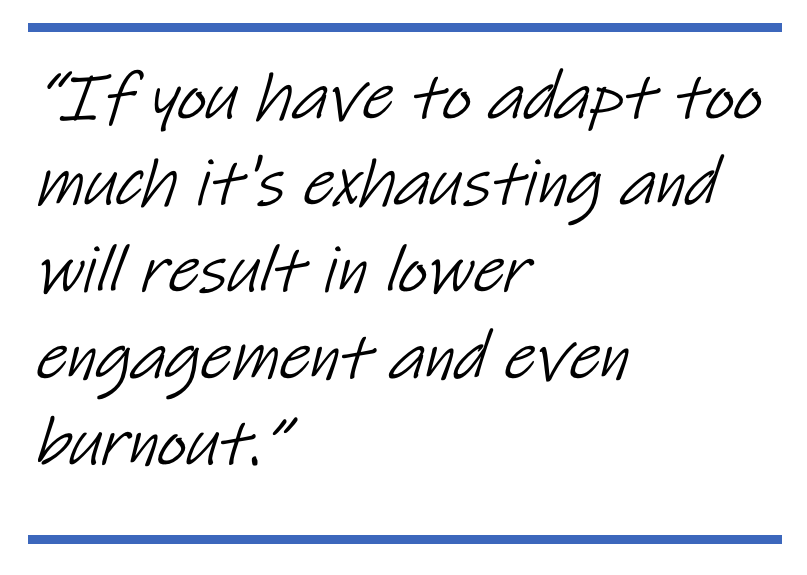
The GRI profile also speeds up the process. Instead of spending hours in one-on-ones to finally discover that a team member is disengaged, a manager trained to the GRI can see quickly that there is a problem and dive right in to finding solutions. Instead of firing an employee who seems to be struggling, the manager can fit her preferences to the right position.
Additionally, the GRI gives the individual the tools to better understand their own behavior and preferred ways of working. This allows them to adapt their behavior when needed, but also be aware of when that adaptation is too great and too draining. This can be particularly useful for managers who have to manage people whose preferences vary widely and need to adapt themselves, change how they approach and interact with their direct report.
Kristina points out that, "If you have to adapt your natural tendencies to align with what your team or your department or your organization needs, are you having to stretch too far? If you have to adapt too much it's exhausting and will result in lower engagement and even burnout."
Adapting the way you work happens all the time, and in small doses, it is needed and fine. The impatient, fast-moving person often has to curb their impatience, slow down, and listen. The less-social, quieter individual usually needs to learn how to be outgoing at times. And it works the other way around. As long as the adaptation isn’t extreme, or sustained for long periods, people can learn to manage it.
And, with the GRI, managers, and leaders have this information at their fingertips. They don’t have to guess, or intuit, why one of their direct reports is struggling with aspects of their job. The Profile gives them immediate, visual data so that they can assist in adapting and see if that person is adapting too far from their preferred way of working.
The GRI gives managers and supervisors the tools they need to improve the wellbeing of their current team members, but it goes further. Through the PBI (Position Behavior Indicators), the GRI lets managers, teams, or departments specify what behaviors are the most important for a given position. Armed with that information, managers (or HR and recruiters) can then find the most suitable person for the job and provide appropriate support from the start.
The Value of Wellbeing at Work
There are other aspects to wellbeing at work, but starting with valuing your people enough to make sure they are in a position that they are most suited to, that their manager understands what they need to be both supported and challenged, and giving them the right conditions to experience flow and to succeed, will improve the wellbeing in your workplace dramatically.
A high level of wellbeing, in turn, creates an engaged, dedicated workforce, which allows your organization skip The Great Resignation.

Kristina Tyler is Canadian and has studied and worked in locations around the world from London and Barcelona to Australia and Austria. These experiences have given her great insight into different cultures and ways of behaving that inform her coaching. Kristina is a fan of watching ice hockey, not least because she is Canadian and her father (and business partner) was a professional ice hockey coach, but she really loves to play basketball, and you’ll find her riding horses whenever she can.
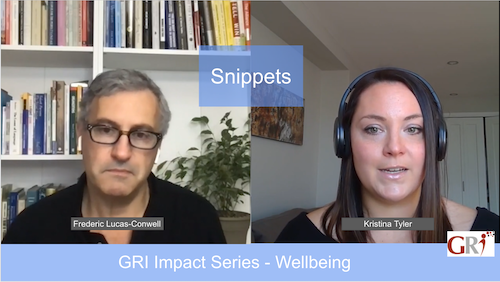
Listen to the full interview on Youtube here.
Start with the snippets here.
Latest Articles
Groupama Successful Transformation in Romania: The GRI, Catalyst for Profound Change
The history of Groupama in Romania is an eloquent testament to resilience, strategic vision, and the transformative impact of innovative management tools. Arriving at the...
Hybrid Work: A Management Revolution
The COVID-19 pandemic has acted as an unprecedented catalyst, radically transforming our approach to work. What was once a marginal practice has become the norm for many...
Leadership 3.0: Objective Insights for People-Centric Leaders
Steve, a brilliant entrepreneur, poured his heart into his work. His team at "Innovatech" was on the brink of a major breakthrough, a new app that promised to revolutionize...


